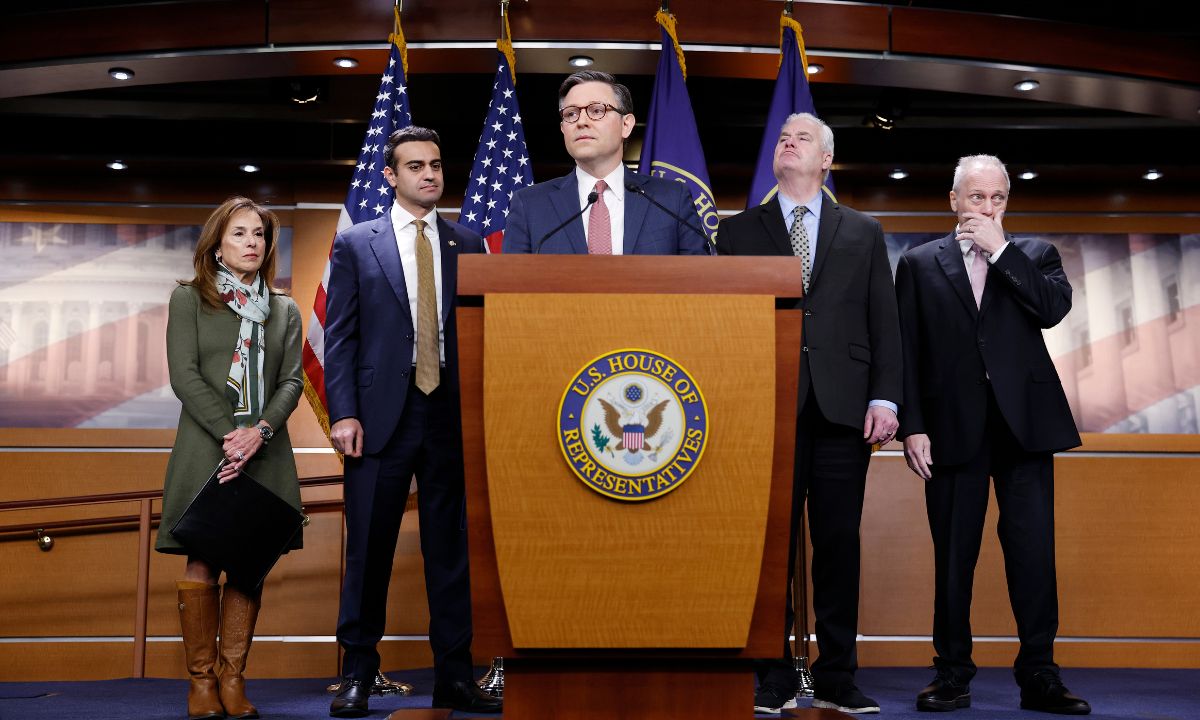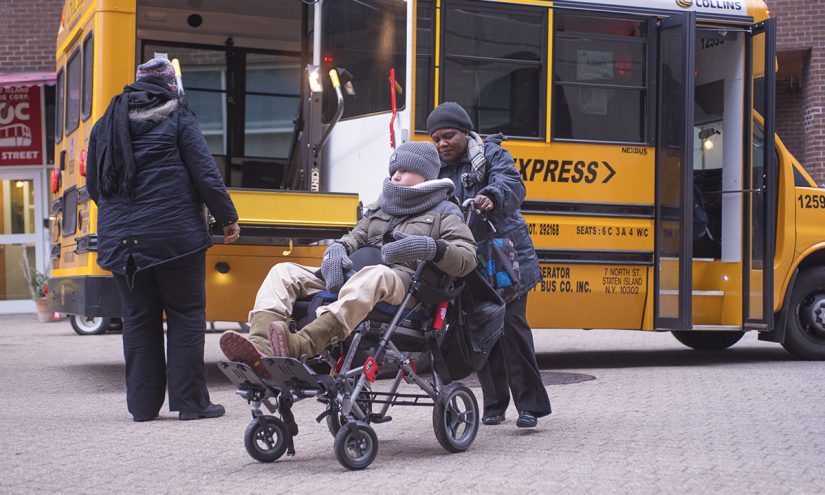Get stories like this delivered straight to your inbox. Sign up for The 74 Newsletter
Dozens of national organizations joined forces this week in a letter to House and Senate leaders protesting a major Medicaid restructuring in a proposed federal budget deal, arguing it would jeopardize the health care of the nation’s most vulnerable children.
The Feb. 17 letter, signed by 65 organizations, was spearheaded by the Medicaid in the Schools Coalition, which advocates to protect and improve school-based Medicaid programs, which primarily serve students with disabilities and those living in poverty.
“Any cuts to Medicaid would reduce care for children with disabilities, undermine efforts to address the mental health crisis and exacerbate workforce shortages of school health providers,” said Jessie Mandle, the national program director at the Healthy Schools Campaign and coalition co-chair. “Strong school-based Medicaid programs … rely on a strong Medicaid program overall, and so cutting Medicaid is equivalent to cutting school district budgets.”
Schools receive about $7.5 billion annually from Medicaid, a popular joint federal and state health program that insures nearly 70 million Americans, most of whom are low-income. For more than 30 years, it’s paid for services in schools for students with disabilities as well as low-income students.

While President Trump said this week that Medicare, Medicaid and Social Security would not be touched in the GOP’s quest to deliver $4.5 trillion in tax cuts and beefed-up border security, $880 billion in Medicaid funding decreases are being eyed in the House.
School-based Medicaid makes up less than 1% of the overall program’s budget, but is still the fourth-largest funding stream for districts and allows them to pay for a swath of resources, including therapies for students with disabilities, school nurses, mental health care and specialized equipment, such as wheelchairs.
Almost 70% of districts use Medicaid funding to pay for the salaries of health professionals, according to 2017 data. New data forthcoming from The Healthy Schools Campaign suggests that the number is now even higher, Mandle told The 74.
And about half of the nation’s kids — 40 million — are now insured through Medicaid or the Children’s Health Insurance Program, which provides low-cost health coverage to children in families that earn too much money to qualify for Medicaid. Previous research suggests that improving children’s health improves their classroom performance.
Meanwhile, the political confusion over whether Medicaid will be protected has done little to quell anxiety that the funding might be in jeopardy.
A Feb. 19 statement to Politico from White House spokesperson Kush Desai attempted to reconcile Trump’s comments shielding Medicaid with his support for the proposed House budget that targets it: “The Trump administration is committed to protecting Medicare and Medicaid while slashing the waste, fraud, and abuse within those programs — reforms that will increase efficiency and improve care for beneficiaries.”
Any cap spending caps or reductions to the federal match would shift the bulk of the mandated costs of providing health care coverage to states, according to the coalition’s letter. This could have “devastating” effects, leading to a cut in services for all students — not just those with disabilities — or increased local taxes.
On the ground, this could result in fewer social workers or school-based psychologists, decreased access to health care — especially in rural and urban communities, a loss of critical supplies that allow children with disabilities to access the same curricular as their peers and noncompliance with the Individuals with Disabilities Education Act, the coalition states.
“We have a very underfunded special education system,” said Sasha Pudelski, director of advocacy at The School Superintendents Association and coalition co-chair, “and this Medicaid reimbursement is a critical source of funding.”
“Trying to find the money within our local education budget to fill in gaps where Medicaid currently reimburses districts would be — in this funding environment in particular — an enormous challenge,” she continued.

Silvia Yee, policy director at the Disability Rights Education and Defense Fund, which co-signed the letter, said it’s particularly important that many of these health-related services are available in schools because they are widely trusted community hubs and family touchpoints.
The burden of cuts would be felt particularly by vulnerable families, she added: “The more you reduce the available resources to a lower-income family, the more you’re potentially digging a pit for that family, and it’s very hard to dig out of.”
Yee also noted that a rollback in federal funding could make it more challenging for students with disabilities to learn in an integrated setting with their peers, setting them up for “segregation for the rest of their lives.”
“All of these services can and should work together to help us achieve integration that’s not a burden on teachers [and] not a burden on schools,” she said. “Helping take care of children’s medical needs in school is a step forward. Taking that away is such a step backward.”
Get stories like these delivered straight to your inbox. Sign up for The 74 Newsletter








